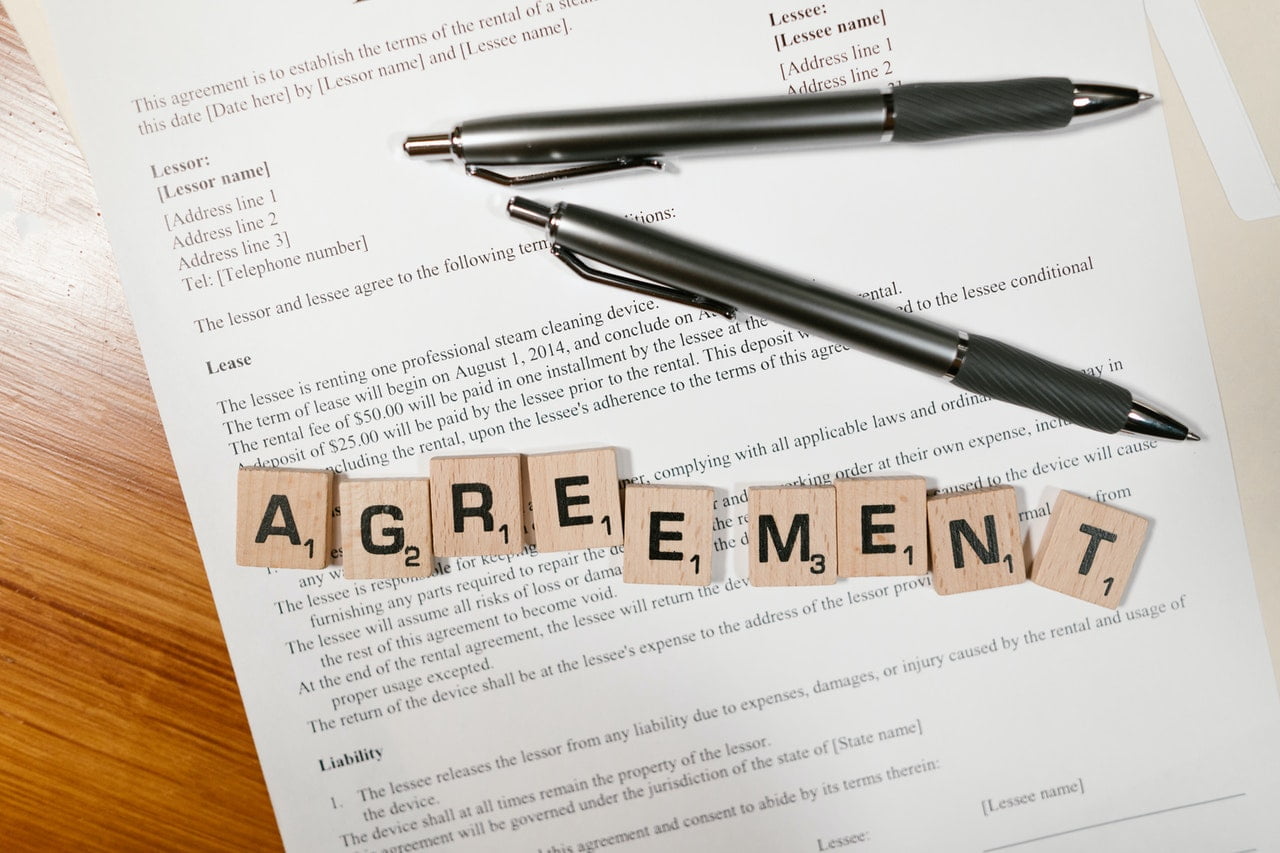Triple net leases, often known as NNN leases, are standard commercial property leases for businesses and organizations looking for leasing premises to expand their operations and generate consistent financial growth with minimum risks.
All of the extra expenditures connected with owning and managing the property are transferred from the landlords to the tenants under a triple net lease. Net real estate property taxes, net building insurance, and net property upkeep are included in these costs.

Triple net leases provide the lowest rental prices for property owners since the tenant bears these extra financial responsibilities.
But how does the landlord come up with these costs and rates? Here’s how to figure out how much net lease costs.
If you want to calculate your NNN lease, try our NNN Lease Calculator below! Or call us at 860.385.1234 to get more information how you can get started!
How is the NNN Lease Calculated?
NNN leases are computed by multiplying the total annual property taxes and insurance for the area by the entire rental square footage of the building. When a whole building is leased to one tenant, the procedure of computing a triple net lease is simpler.
But, in multi-tenant properties, it’s critical to consider the care and maintenance of communal spaces. Courtyards, lobbies, halls, and community restrooms are examples of such commonplaces.
You can start by calculating the annual cost of maintaining and managing these common areas, then divide that figure by the number of rental square feet in the building.
Use this figure and multiply it by 12 to get the total cost for property taxes, insurance, upkeep, and communal area charges. The monthly cost is represented by the figure you end up with. To calculate the triple net lease price for each tenant in your property, add this monthly cost total to the monthly rental rate per square foot and multiply this figure by the number of square feet of each tenant’s rents.

NNN Lease Example
A commercial property’s lease is frequently estimated by per-square-foot figures. Consider the following scenario:
The owner is demanding $10 per square foot, with 5,000 square feet available. The overall rent for the year would be $50,000 (10 x 5,000), or $4,166.67 per month.
The renter would also have to pay utilities, which may range from $100 to $1,000 per month depending on the use, temperature, and kind of structure.
Now we must include the NNN cost, which can be anywhere from $1 to $20 per square foot depending on the purpose and price. In my location, a $3 per square foot NNN cost is common, adding $15,000 per year or $1,250 per month to the prices.
How Much Does NNN Add to the Lease?
The NNN lease prices are set by the landlord, but they must be based on the actual expenditures. The landlord can’t just make something up and expect the renters to pay for it. Most agreements specify how NNN expenses are calculated when they are calculated, and how that information is given to renters.
Annually, the landlord must calculate the expenditures and deliver a report to the renters. The triple net fees are predicted at the start of the lease, but they may change depending on actual spending.
To arrive at a figure, the landlord must first compute all of the regular bills contained in the NNN lease, as well as the property’s cost of maintenance. Based on the lease, they may also be entitled to charge certain capital expenditures.
So the answer to the question of how much does NNN actually add to the lease varies depending on the case.

What are the Typical NNN Costs?
Single and double net leases only require the tenant to pay a percentage of the extra expenditures connected with the asset, but NNN leases need the tenants to pay all three.
The property owner may prefer that the renter submit those payments directly every month or that the costs of these expenditures be covered via changes made at the lease’s anniversary – whether the lease is discontinued or extended.
While leasing in a multi-tenant property, the landlord shall present the renter with a property tax statement and the share of taxes the tenant is liable for, as taxes increase yearly.
What benefits can a landlord expect from an NNN lease?
A property owner leasing a commercial real estate as NNN could target positive outcomes like:
Minimal Management
Because the tenant pays the majority of the expenditures and manages the day-to-day operations, investors have little participation in this lease form. To fulfill their management responsibilities, the investor merely needs to collect monthly rent and pay the utilities.
Longer Lease Terms
The majority of triple net lease arrangements are tailored to provide tenants with extended lease periods. Landlords benefit from a 10-year or longer lease period since it eliminates the risk and loss of an empty property between renters.
Passive Income
If you’re in the rental business, the NNN lease is the closest thing you can get to a passive revenue stream. Investors can sit back and collect rent each month unless they are faced with a significant repair job for which they are accountable under the lease.
Trustworthy Tenants
The majority of triple net leases are offered to tenants that have a proven track record. These tenants sell themselves using the property’s location, and they rarely compromise their brand. For example, a nationwide coffee shop chain’s branding is consistent across all locations. They rent only high-end properties and sign long-term contracts. If such a tenant signs an NNN lease, the investor may be confident that they will be dependable renters.
Transferable Lease Contracts
Whether an investor owns all or part of the property, a triple net lease can be transferred to the new owner when the property is sold. The property’s transferability makes it more appealing to prospective investors.
Advantage of NNN Commercial Leases
Lenders frequently offer attractive financing terms to investors that sign NNN leases with solid tenants. Investors may finance buildings with as little as a 5% down payment if dependable tenants sign triple net commercial leases. Leasing commercial real estate with a different lease arrangement, on the other hand, may demand 20% or more equity.
Conclusion
For a commercial property with numerous tenants, a triple net lease is among today’s alternative lease arrangement possibilities. It can be beneficial to both the landlord and the tenants.
If you feel like you would like to take advantage of NNN leasing, call us today at 860.385.1234!
